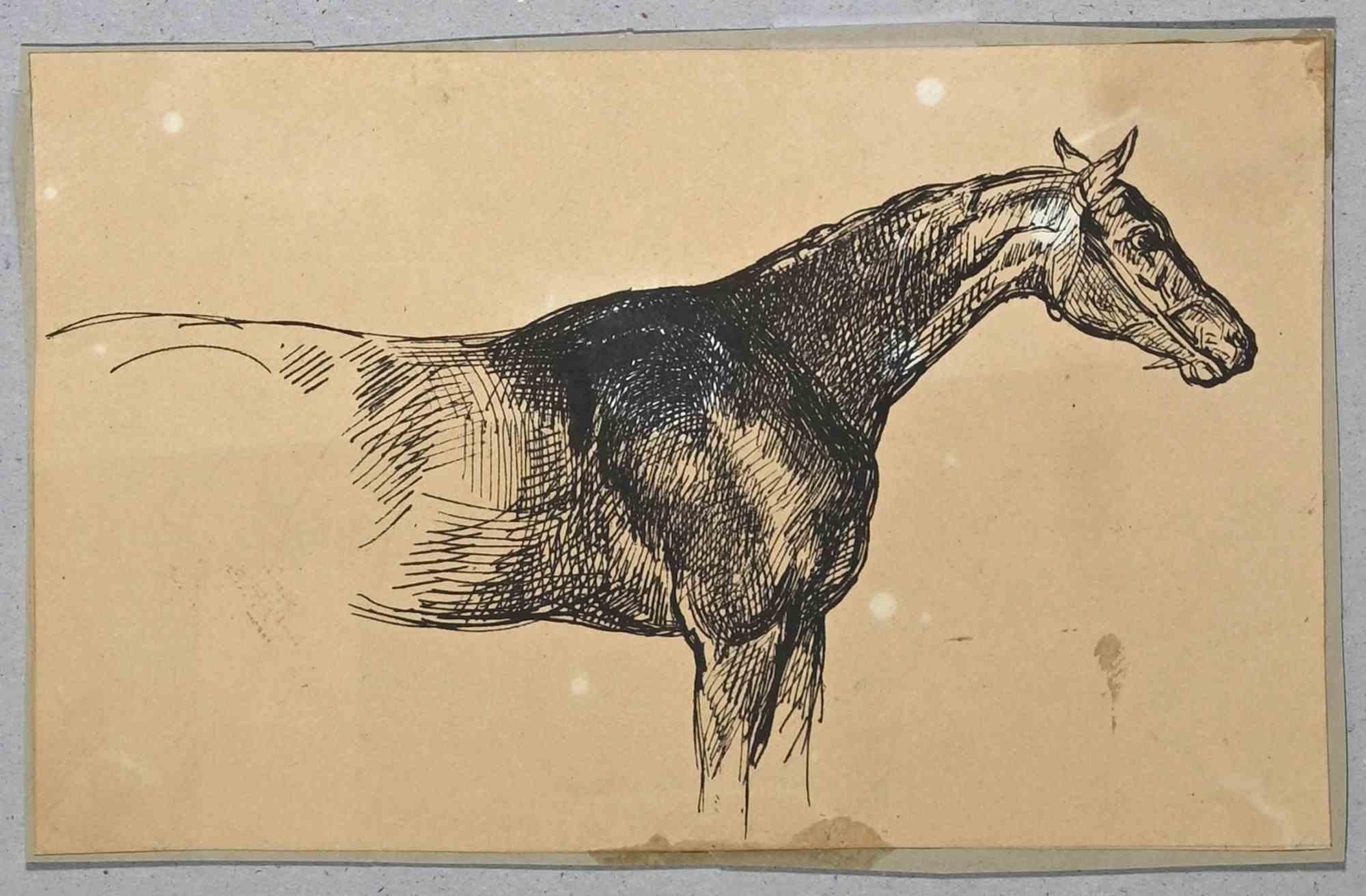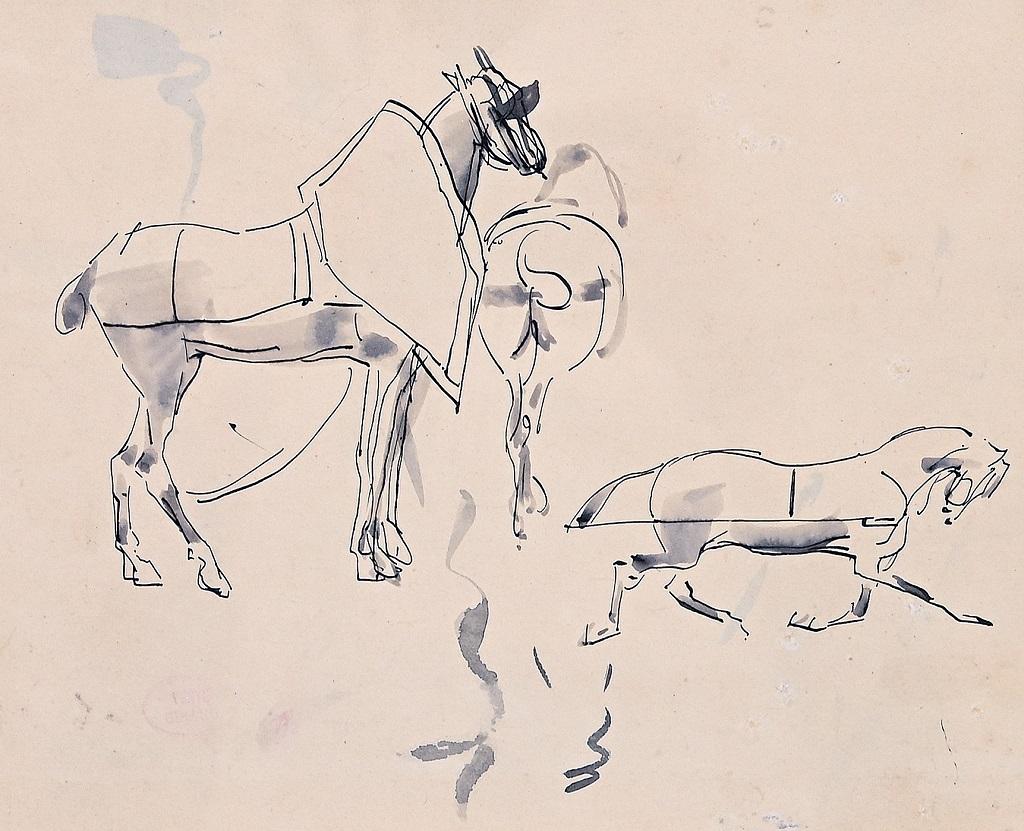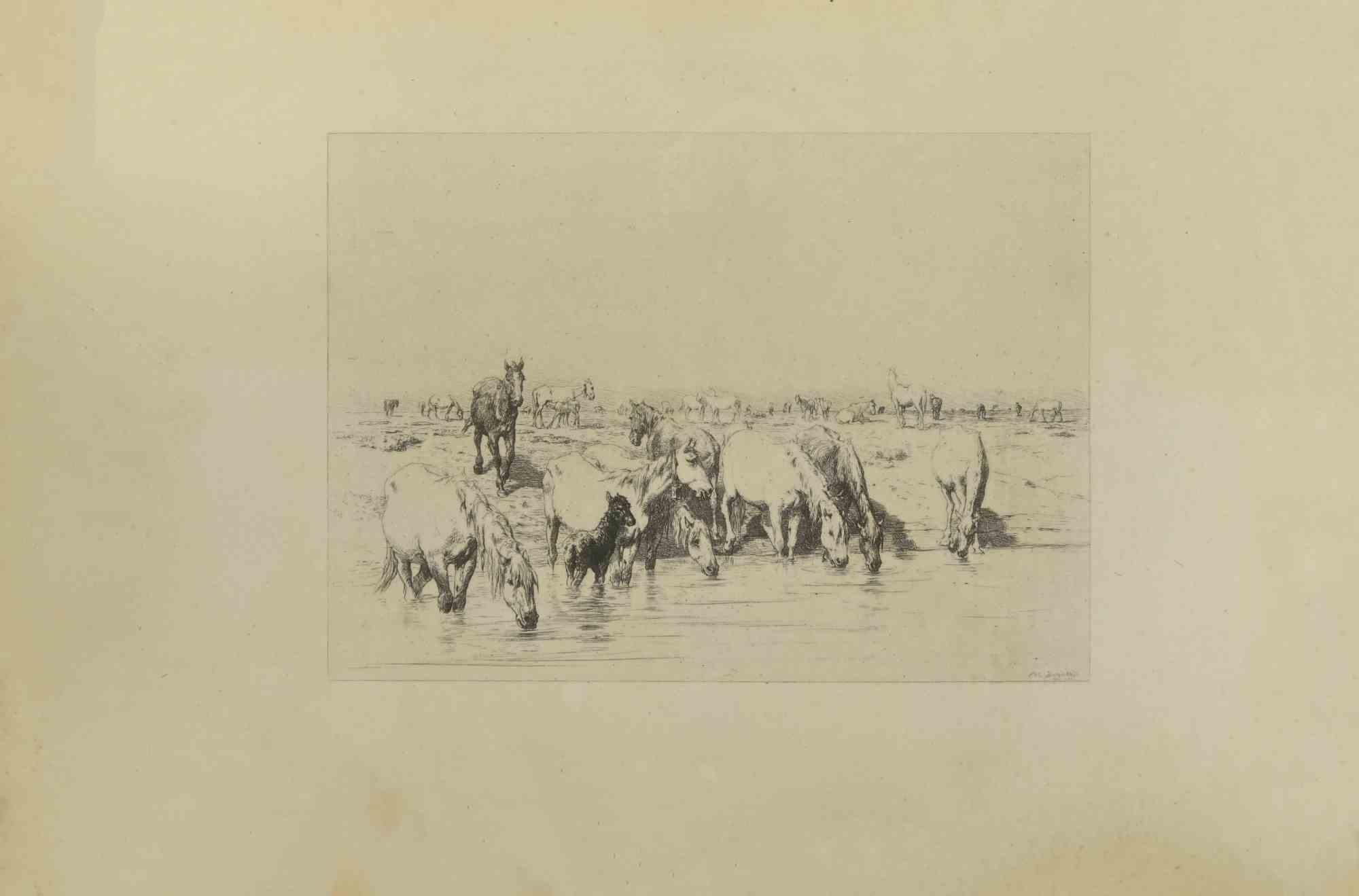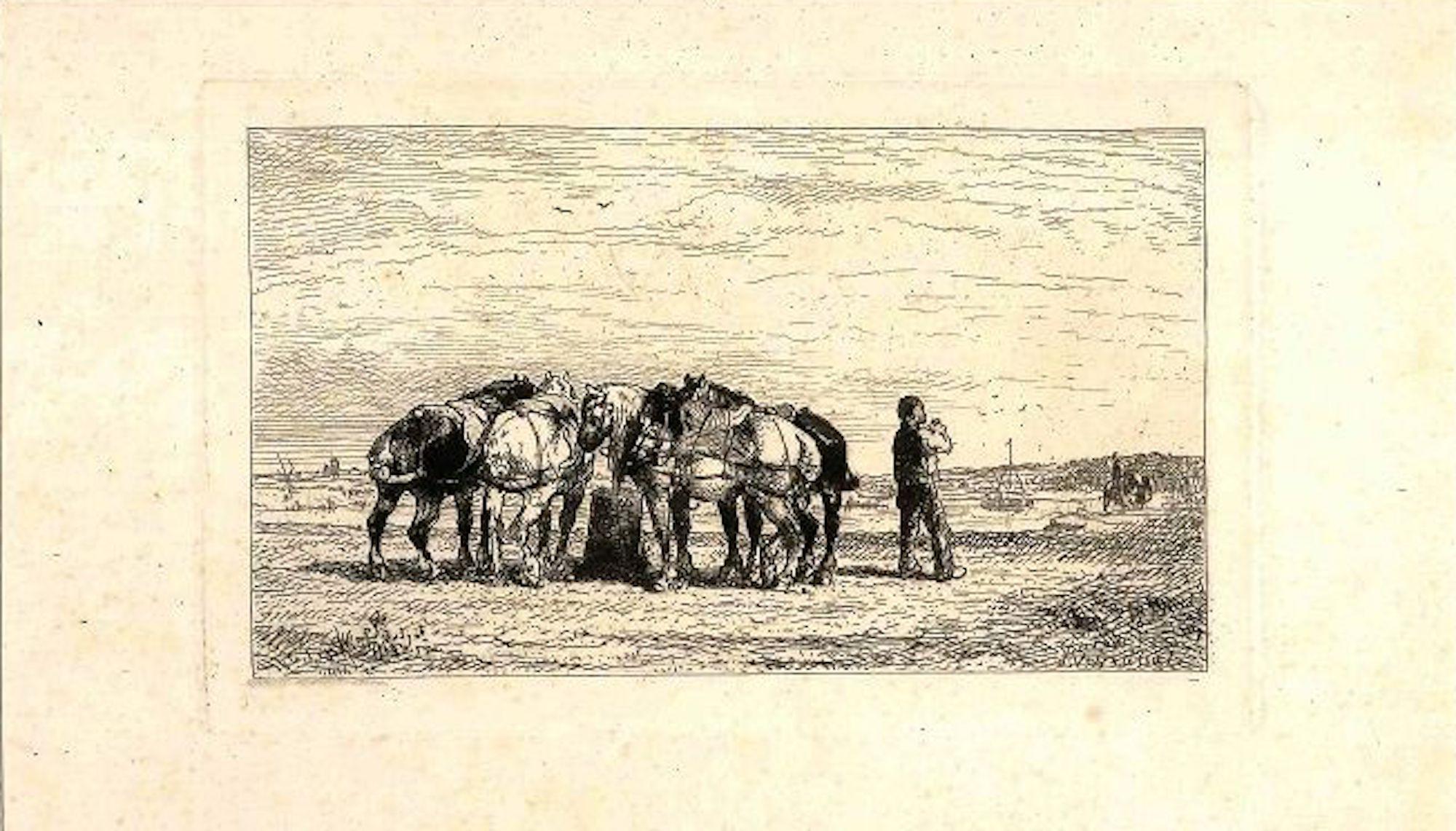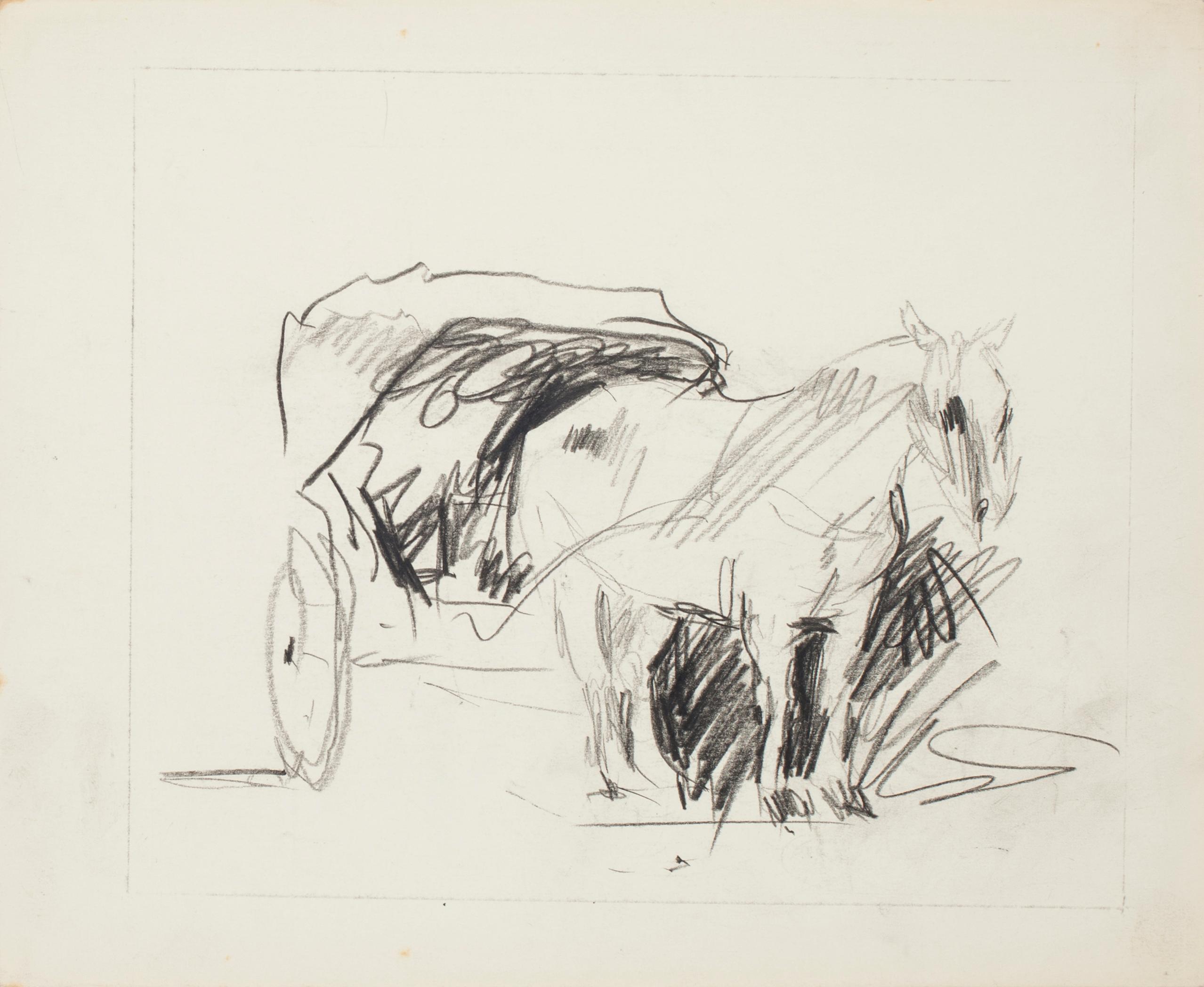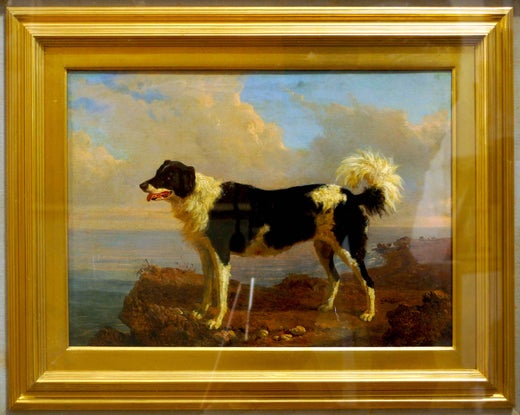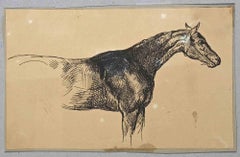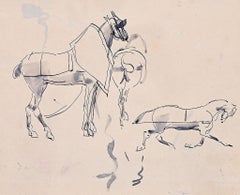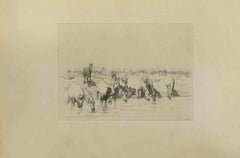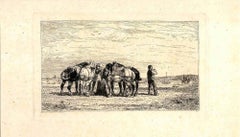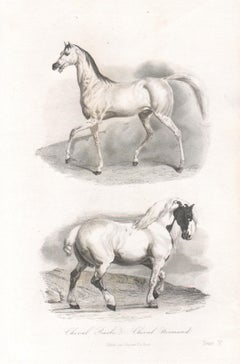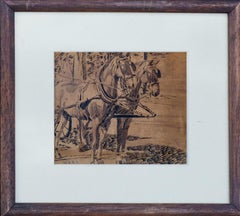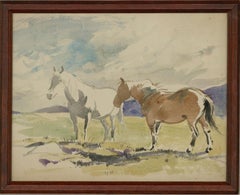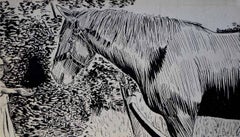Filippo PalizziHorse with Herds - China Ink Drawing by Filippo Palizzi - 18951895
1895
About the Item
- Creator:Filippo Palizzi (1812 - 1888)
- Creation Year:1895
- Dimensions:Height: 12.21 in (31 cm)Width: 15.28 in (38.8 cm)Depth: 0.67 in (1.7 cm)
- Medium:
- Movement & Style:
- Period:
- Condition:Insurance may be requested by customers as additional service, contact us for more information.
- Gallery Location:Roma, IT
- Reference Number:Seller: M-1019621stDibs: LU65034586422
Filippo Palizzi
Filipppo Palizzi is remembered as the renovator of 19th-century Neapolitan painting, because he abandoned the academic style to devote himself to the study of truth, especially of landscapes and animals, in harmony with contemporary French experiences, directing his painting towards a realism of intimate poetic intonation. In 1837, Palizzi was in contact with the Posillipo school in Naples, which helped make him abandon academic painting. In 1855, he was traveling for studies in Holland, Belgium and France; he returned to Paris in 1865 and 1875. From 1878 to 1880, Palizzi directed the Academy of Fine Arts in Naples with the intention of making the teaching of the artistic disciplines in step with the times. Following the example of A. van Pitloo and G. Smargiassi, he devoted himself to the study of truth, in the most humble subjects such as small landscapes and squares of animals, referring back to the tradition of 17th-century Dutch animalists, but with more discovered, fully 19th-century naturalism. A research that matured in contact with contemporary French experiences, kept alive thanks to the relationships with his brother Giuseppe, also a painter and friend of De Nittis. The most conspicuous groups of works by Palizzi are found in the Gallery of Modern Art in Rome and in that of the Capodimonte Museum in Naples.
- ShippingRetrieving quote...Shipping from: Roma, Italy
- Return Policy
More From This Seller
View AllMid-20th Century Contemporary Figurative Drawings and Watercolors
Ink
19th Century Modern Animal Drawings and Watercolors
Ink
Late 19th Century Old Masters Figurative Prints
Engraving, Etching
Late 19th Century Modern Figurative Prints
Etching
1950s Figurative Drawings and Watercolors
Ink
Late 19th Century Naturalistic Figurative Prints
Etching
You May Also Like
1840s Victorian Animal Prints
Engraving
20th Century American Realist Animal Drawings and Watercolors
Paper, Ink
20th Century Animal Drawings and Watercolors
Watercolor
20th Century Animal Drawings and Watercolors
Paper, Ink
1850s Victorian Animal Prints
Etching, Laid Paper, Intaglio
1950s Animal Drawings and Watercolors
Ink
